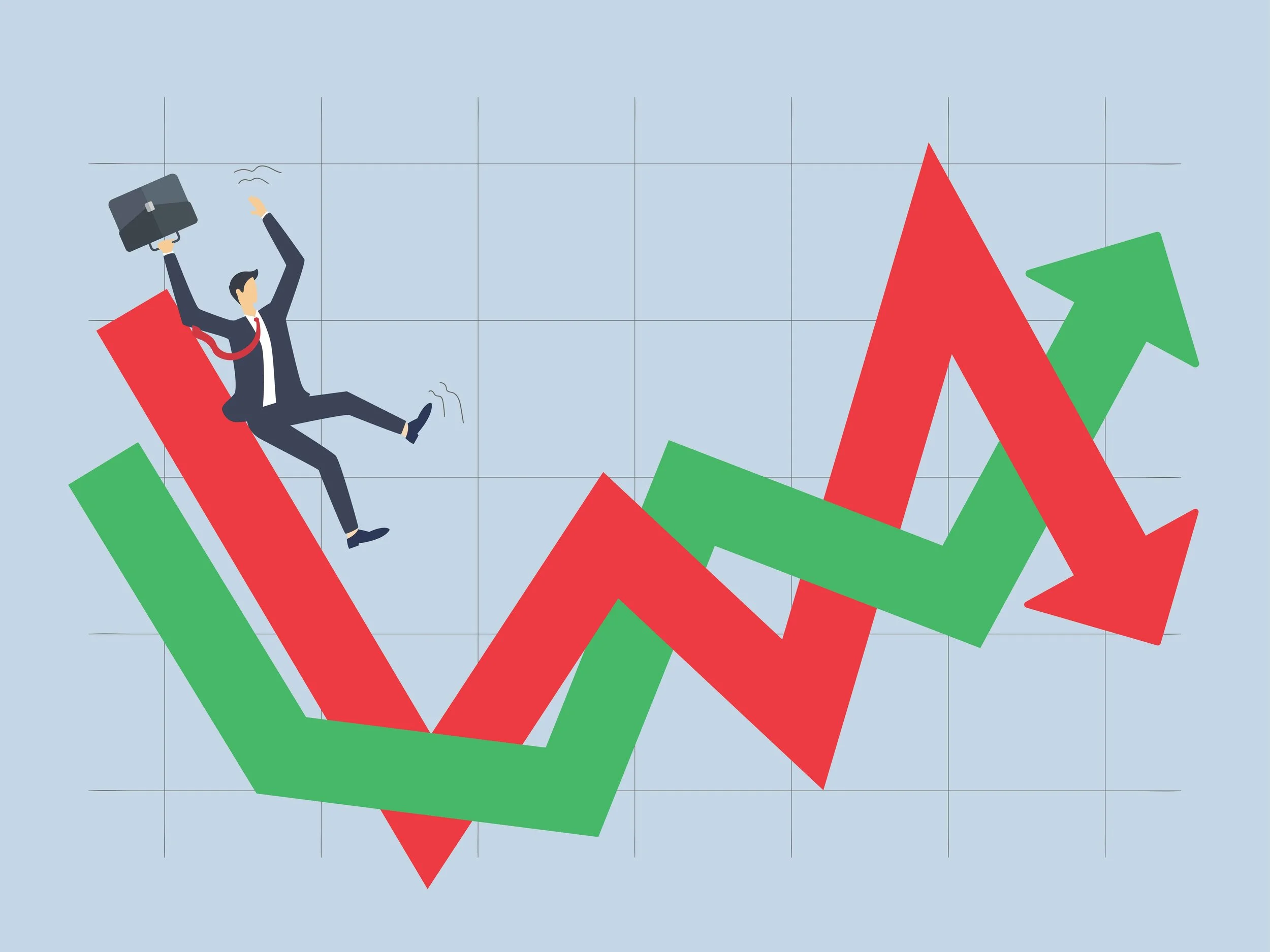What You Can Learn From the Worst "Market Crashes" in Recent History
If you've spent any time consuming financial media, you know pundits love using exaggeration and hyperbole. For example, if the S&P 500 drops two percent in one day, it might be described as "plummeting" or even "crashing."
While a two percent decline in a single day is a fairly unusual event, it's not especially dire in the grand scheme of things.
By comparison, if you were in an airliner flying at 30,000 feet and the plane lost two percent of its altitude, you would descend only 600 feet. If the pilot made this change in altitude over a few minutes, you might not even notice.
"Crash" is a loaded word. If you hear about a car crashing into a telephone pole, you might reasonably assume that the vehicle is no longer drivable. But when there's a "market crash," it means that the short-term value of a group of equities has declined by an unusual amount. The short-term decline in value is certainly concerning, but the market hasn't actually crashed into anything. You can reasonably assume that, unlike the crashed car, the market will continue to operate on the next trading day.
Emily Fredlick did an analysis of stock market "crashes" over the past 150 years and came away with several conclusions.1
They occur fairly regularly. From the 1870s onward, the market has experienced major contractions about once a decade.
It's impossible to predict how long a stock market recovery will take. The recovery after the dot-com bubble burst took years. But the recovery after the COVID correction took only four months.
If you don't panic and sell your stock holding when the market crashes, you will be rewarded in the long run.
Fredlick acknowledges that for investors living through these downturns, it can seem like the end of the world. But things always get better.
"Market crashes always feel scary when they happen," she writes. "Still, even if you are looking down the barrel of the next Great Depression, history shows us that the market eventually recovers."
This is good advice and remembering it can help settle feelings of panic next time the financial pundits declare that the sky is falling.
Knowing that periods of unexpected volatility are simply part of the price you pay for participating in the market, the prudent investor will work with his or her trusted advisor to maintain a truly diverse portfolio designed to navigate dramatic ups and downs. And they will maintain their focus on the one thing they can always control, which is their own disciplined behavior.
Sources:
1. http://go.pardot.com/e/91522/150-years-stock-market-crashes/96vch8/2891965705/h/tZX6GCCJlAOyX6tTeUceeZ04hIaYjMXXbt7jNPXetIU
Disclosure:
The views expressed herein are exclusively those of Efficient Advisors, LLC (‘EA’) and Family Legacy Advisors, LLC (‘FLA’), and are not meant as investment advice and are subject to change. All charts and graphs are presented for informational and analytical purposes only. No chart or graph is intended to be used as a guide to investing. EA and FLA portfolios may contain specific securities that have been mentioned herein. EA and FLA make no claim as to the suitability of these securities. Past performance is not a guarantee of future performance. Information contained herein is derived from sources we believe to be reliable, however, we do not represent that this information is complete or accurate and it should not be relied upon as such. All opinions expressed herein are subject to change without notice. This information is prepared for general information only. It does not have regard to the specific investment objectives, financial situation and the particular needs of any specific person who may receive this report. You should seek financial advice regarding the appropriateness of investing in any security or investment strategy discussed or recommended in this report and should understand that statements regarding future prospects may not be realized. You should note that security values may fluctuate and that each security’s price or value may rise or fall. Accordingly, investors may receive back less than originally invested. Investing in any security involves certain systematic risks including, but not limited to, market risk, interest-rate risk, inflation risk, and event risk. These risks are in addition to any unsystematic risks associated with particular investment styles or strategies.


